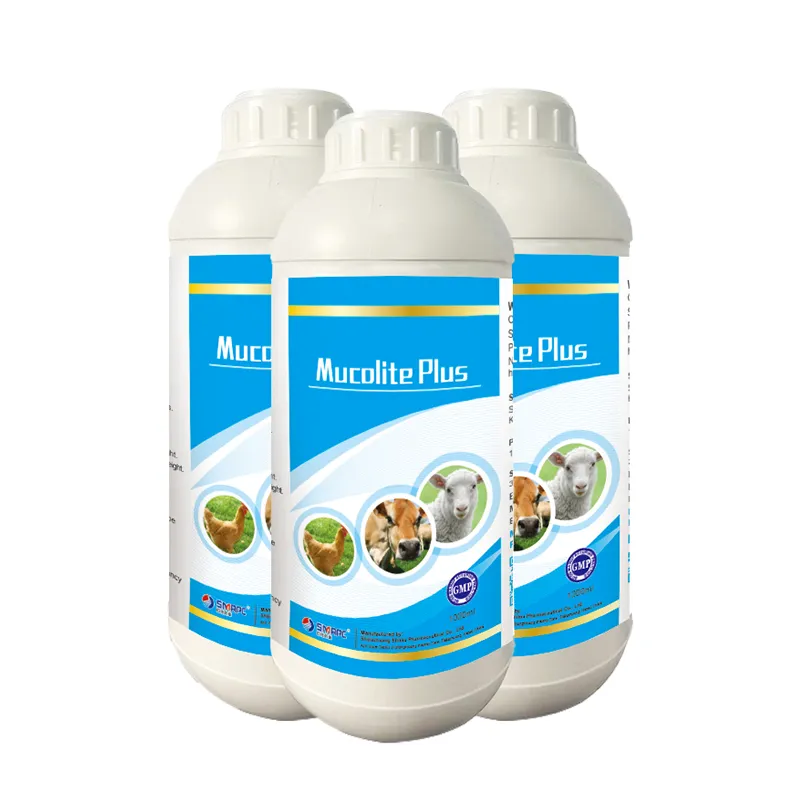In conclusion, euthanasia is a profoundly personal and compassionate decision that reflects the deep bond between dogs and their owners. Through understanding and empathy, we can navigate this challenging journey and honor the lives of our beloved pets with dignified and compassionate choices when their time comes.






